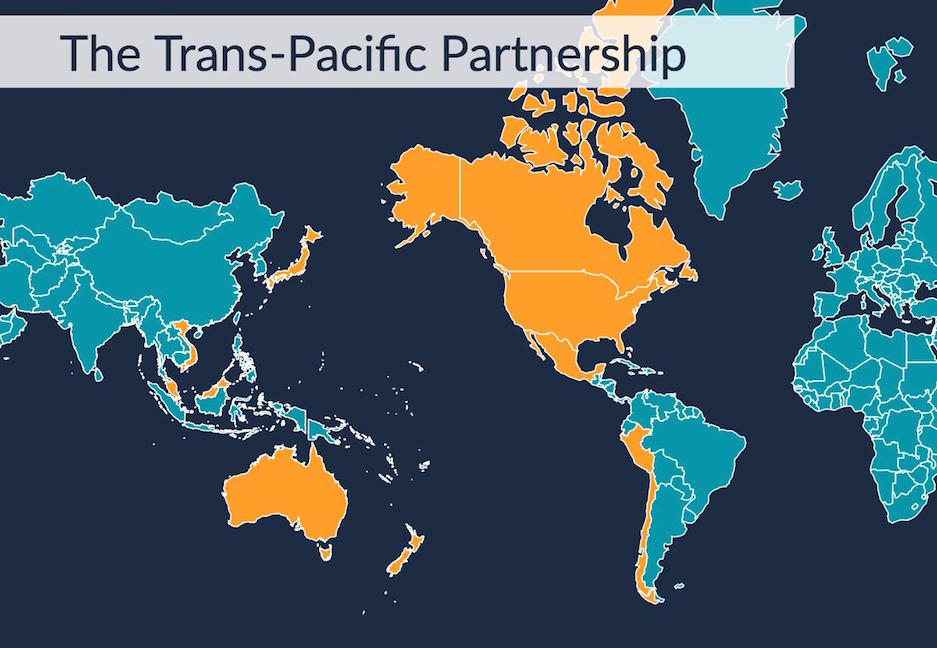Japan Mini-Deal A Victory for U.S. Agriculture?
Many American farmers and ranchers breathed a sigh of relief when the United States and Japan formally signed a U.S.-Japan Trade Agreement in September. Billed as the first phase of a more comprehensive trade deal, the Agreement establishes standards to promote digital trade and provides Japanese exporters with improved market access for certain industrial products. In return, Japan agreed to slash tariffs on a wide range of food and agriculture exports – a key outcome for the U.S. agriculture community.
For U.S. agriculture producers struggling with a weak farm economy and uncertainty in global markets, implementation of the Agreement cannot come soon enough. Japan consistently ranks as one of the top export markets for agriculture and food, soaking up over $14.5 billion worth of goods in 2018. But farm groups have been ringing alarm bells ever since the United States withdrew from the Trans-Pacific Partnership (TPP) that would have provided them access to the Japanese market sooner.

U.S. competitors get a head start
Walking away from the TPP meant that U.S. producers were not eligible to enjoy the tariff cuts Japan adopted under that agreement. Instead, the benefits of improved market access flowed to key U.S. competitors, including from Canada, Australia and New Zealand, as those countries remained under the TPP framework. On top of that, the European Union (EU) landed its own trade deal with Japan that provided European farmers and ranchers with favorable export terms. Taken together, these various agreements put the United States at a serious disadvantage. While Japanese tariffs on foreign agricultural products continued to fall, the United States was stuck paying higher tariff rates, raising the overall cost of U.S. exports relative to competitors.
The U.S. Department of Agriculture captured this dynamic in a report it released late last year on beef exports to Japan. Without a trade agreement, U.S. beef exporters were forced to pay the “Most Favored Nation (MFN)” applied tariff rate of 38.5 percent. Not only were the tariffs paid by European beef exporters (“JAEPA” in the chart below) and by members of the TPP (“CPTPP” in the chart) considerably lower, the tariffs are scheduled to continue dropping over the next 15 years. The widening gap would render U.S. products even less attractive with each passing year.

U.S. strikes a “mini-deal” to catch up
Recognizing the dangers for beef and other U.S. agricultural commodities facing a similar future, the Trump Administration moved to strike a partial free trade agreement with Japan that would level the playing field for U.S. products. Stage one of the U.S.-Japan Trade Agreement mostly achieves that goal by lowering the tariff rates Japan applies to over 90 percent of U.S. agricultural goods, seeking to match Japan’s commitments under TPP.
However, U.S. agricultural producers are not completely out of the woods. That is because the TPP – like most modern trade agreements – included more than just tariff reductions. It also covered a broad range of regulations impacting agricultural trade including customs procedures and product safety approvals. The United States and Japan did not address these so-called “technical barriers to trade” in the first phase of their bilateral agreement.
Awaiting “stage two”
Both U.S. President Trump and Japanese Prime Minister Shinzo Abe have committed to working towards a more comprehensive agreement. The Administration’s U.S.-Japan bilateral negotiating objectives outline goals for every sector of the economy. That should give hope to U.S. agriculture groups, especially rice growers and dairy producers who are still seeking improved market access to Japan. U.S. industrial goods manufacturers, many of whom are eyeing the Japanese market, will be just as eager to see a comprehensive deal in the near future.

The obvious risk is that a comprehensive deal never materializes. The annals of history (and recent memories) are filled with examples of derailed international negotiations. A pending U.S. decision on whether to impose tariffs on Japanese automobiles and parts, for example, could easily send the trade winds blowing in another direction. In addition to disappointing U.S. business groups, failure to land a full agreement could run afoul of World Trade Organization (WTO) rules, which plainly state that trade agreements must cover “substantially all trade.”
Nonetheless, after the year farmers have had, the initial U.S.-Japan Trade Agreement is still a deal worth celebrating.









